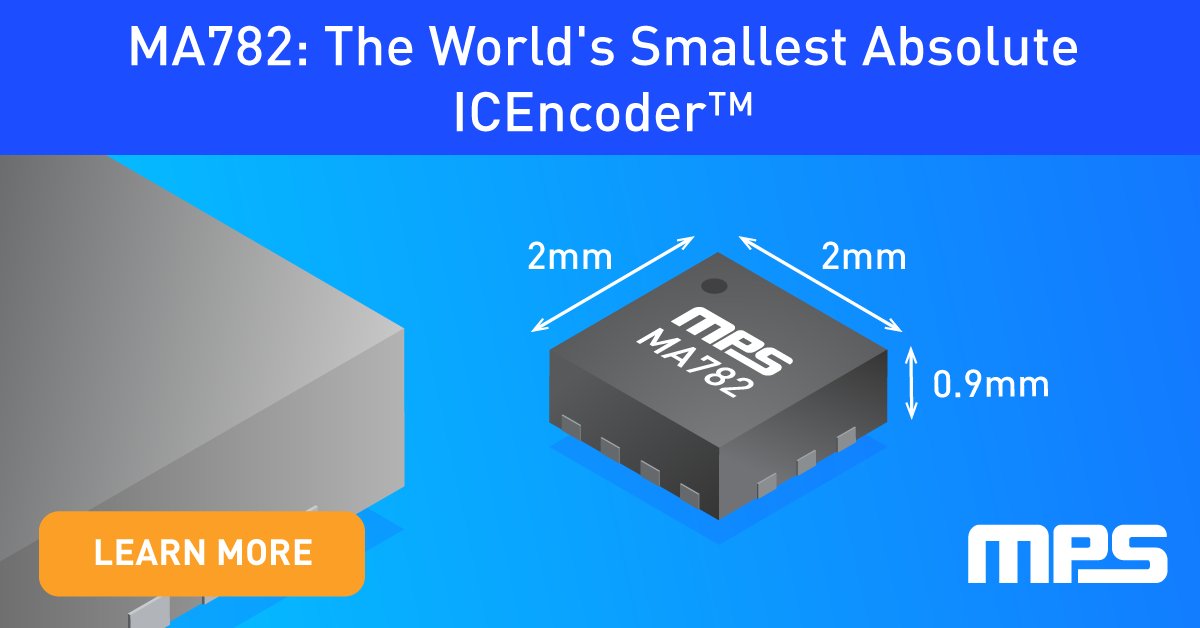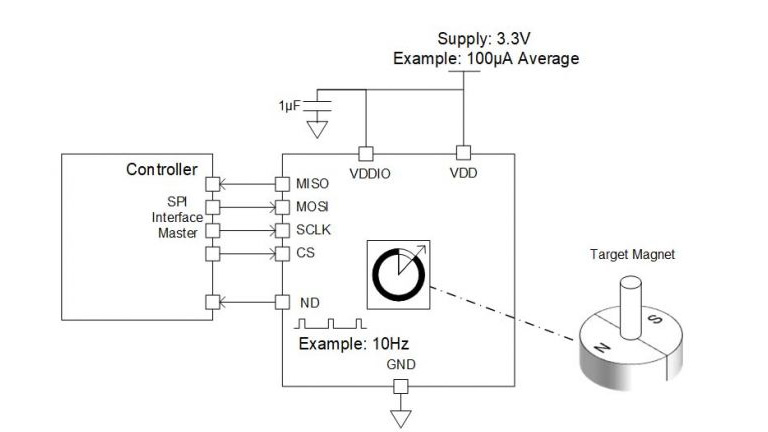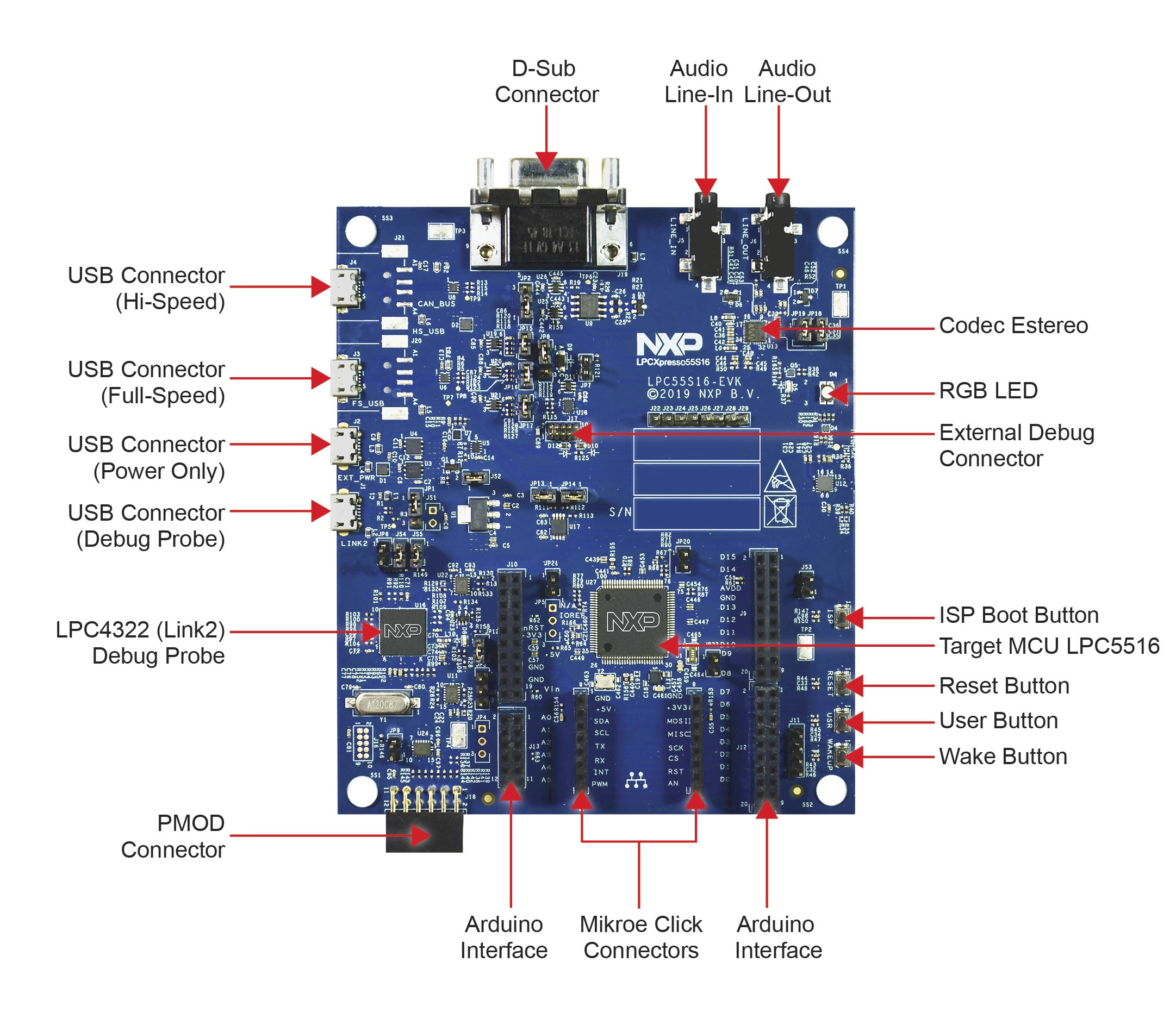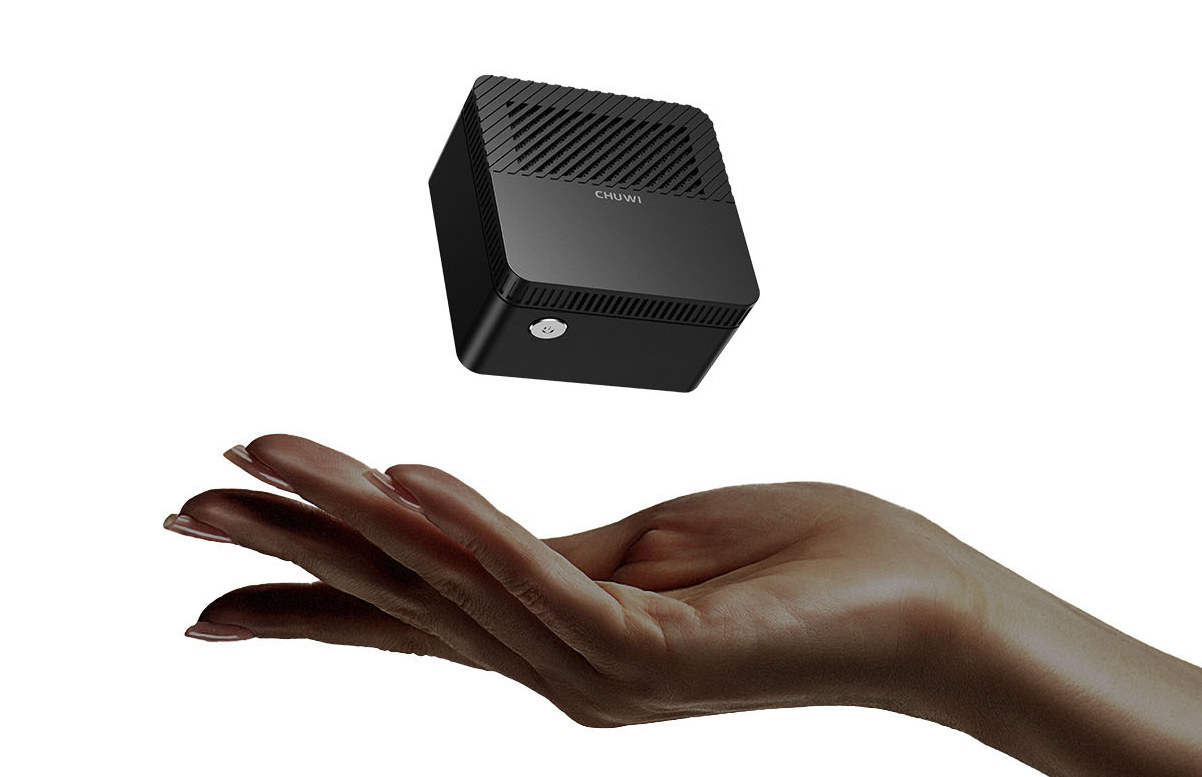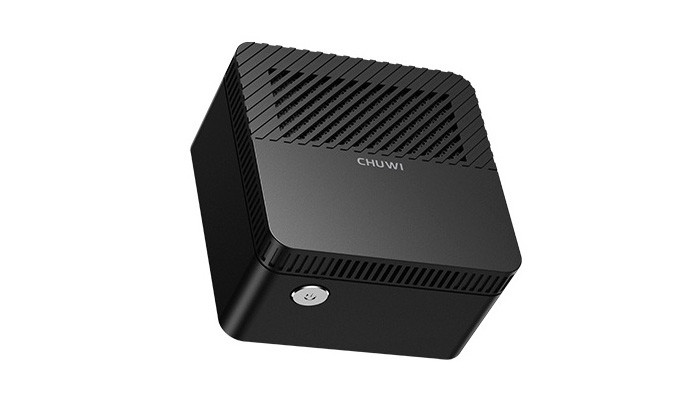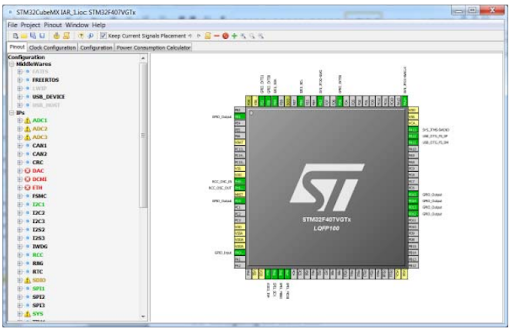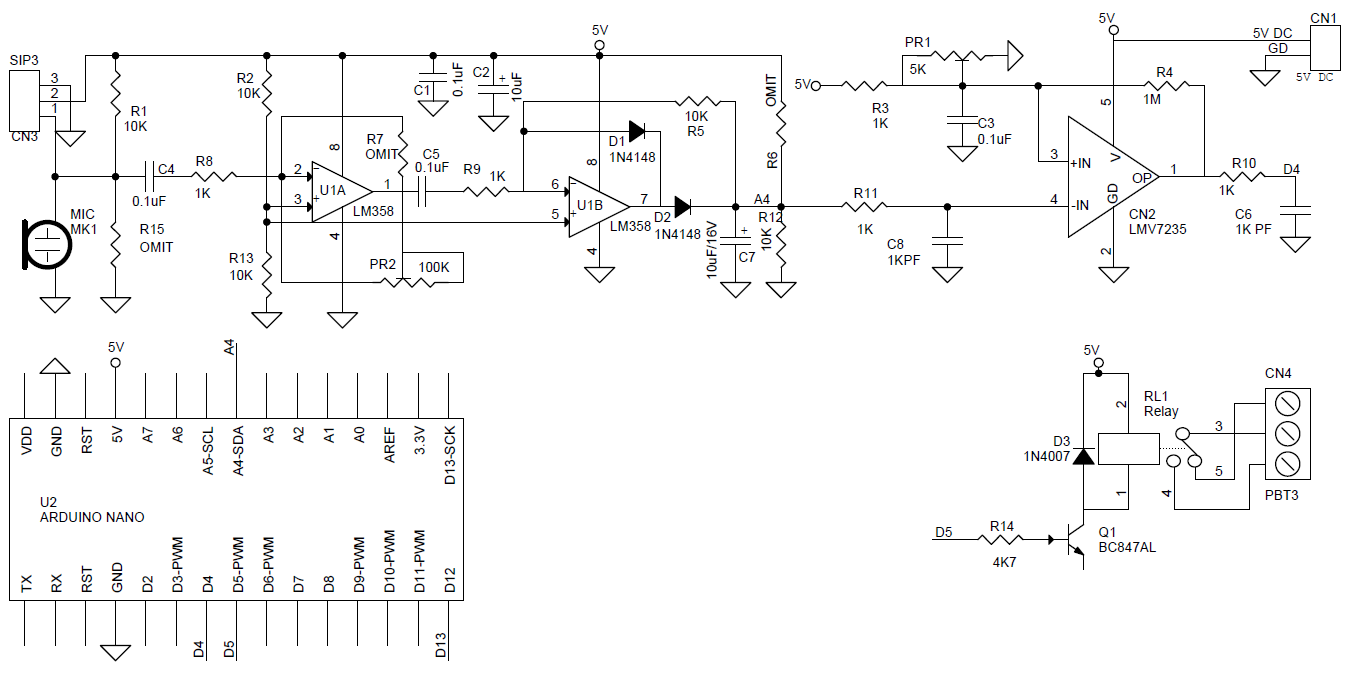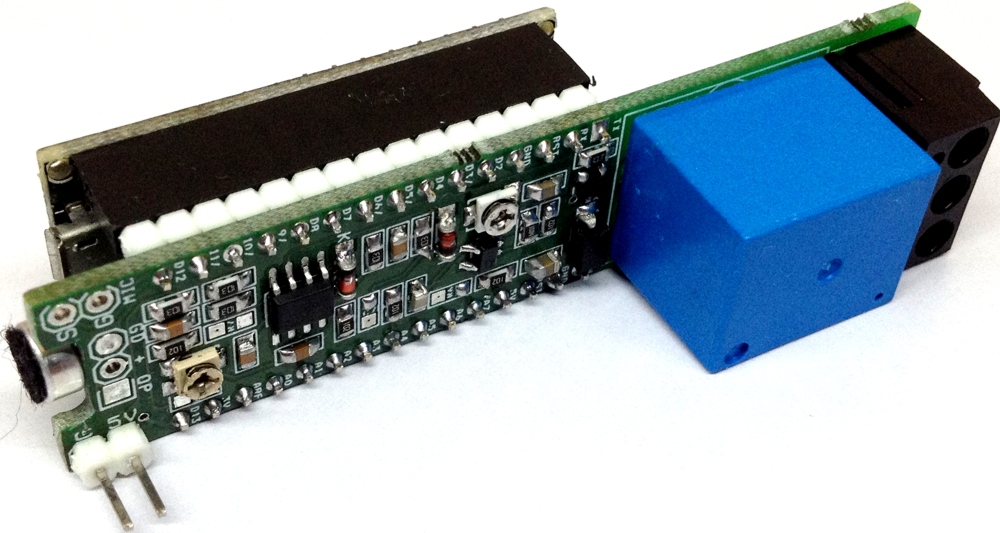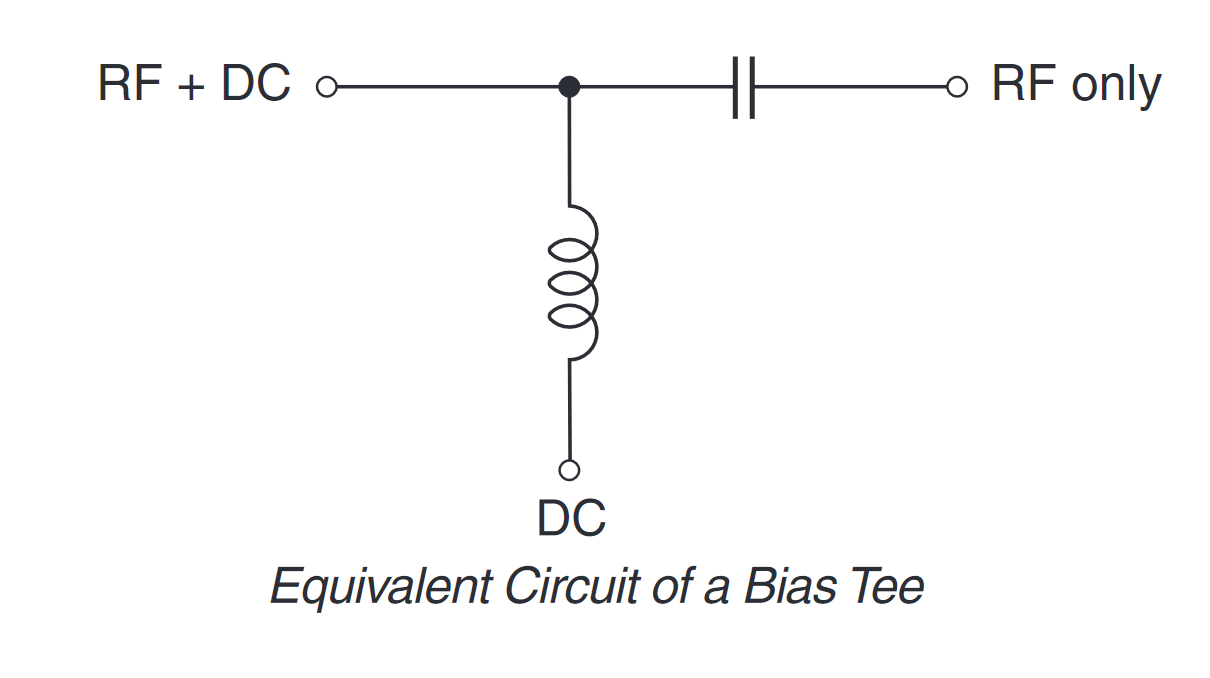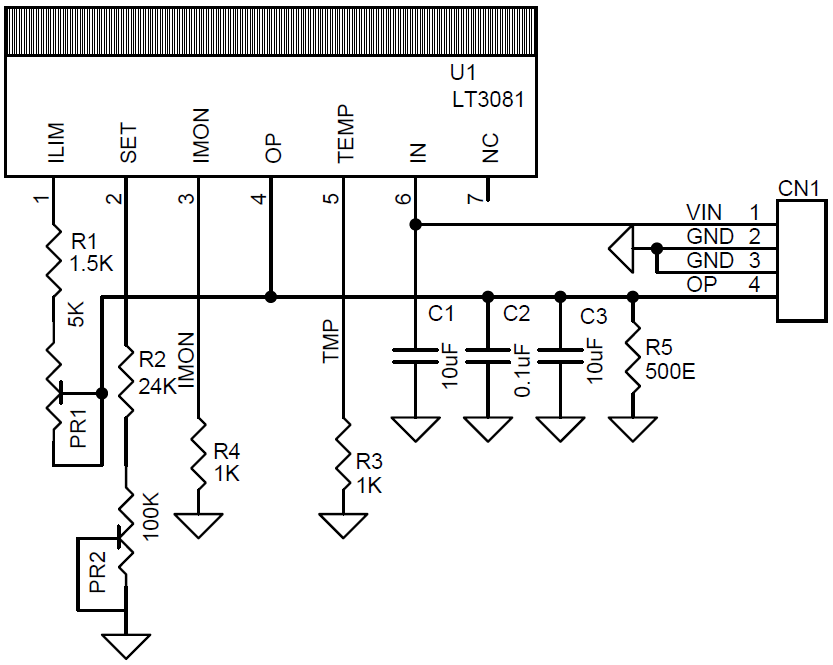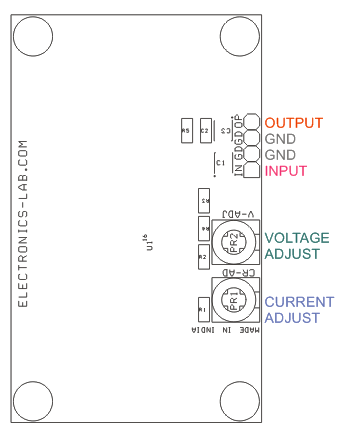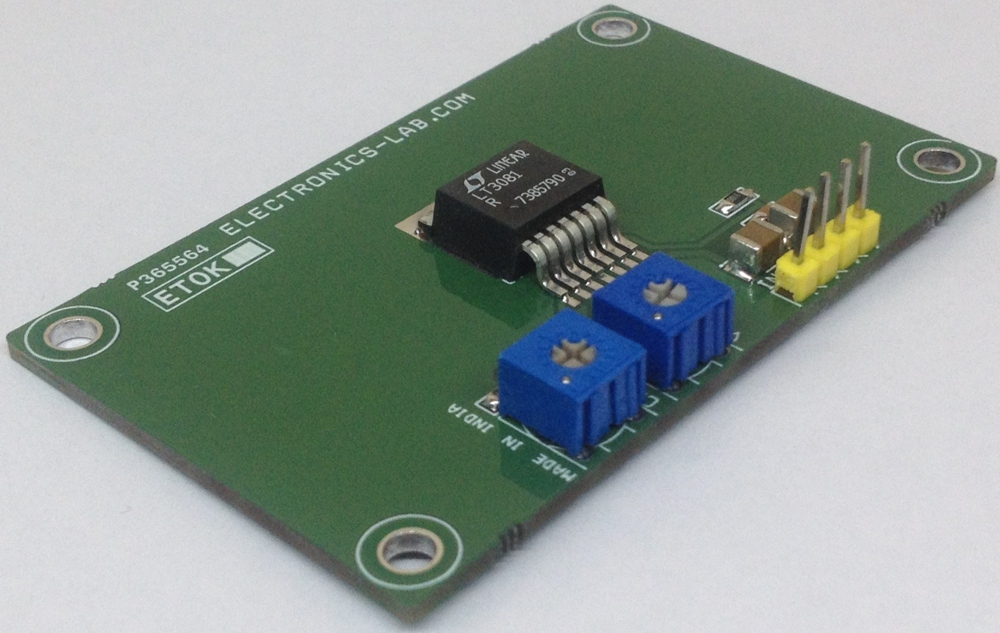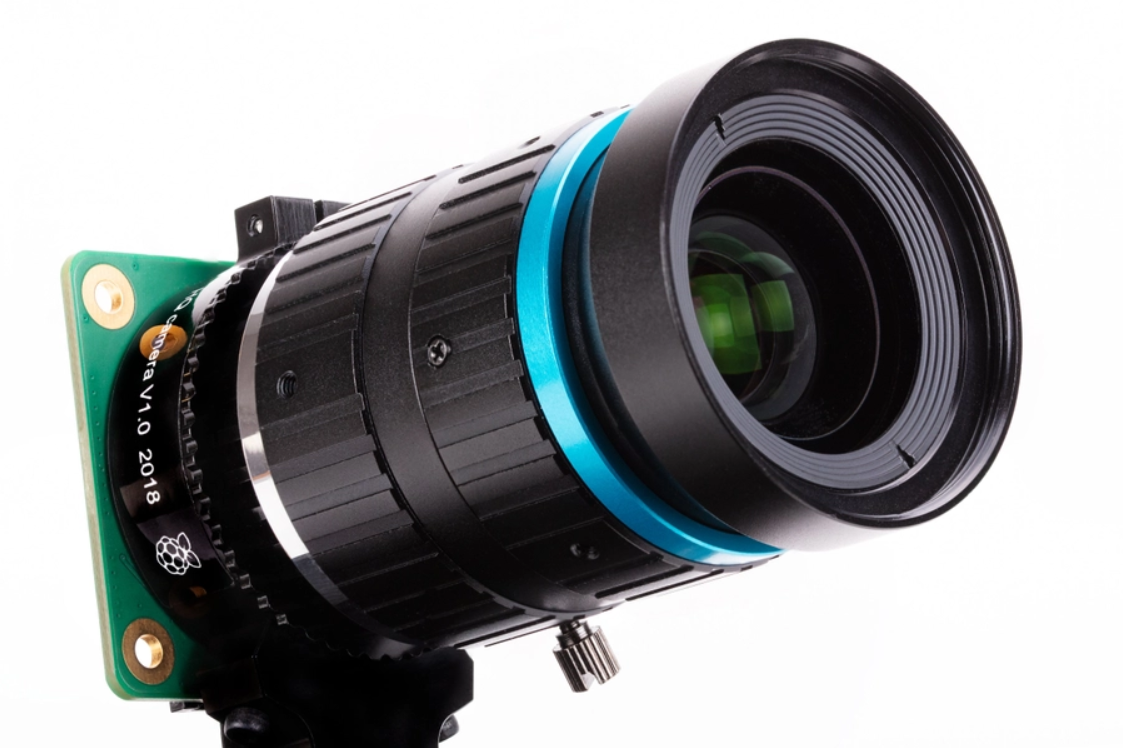
Staying through to their pace-setting tradition, the Raspberry Pi Foundation has once again pushed the bar of what is achievable with SBCs, higher, with the launch of what is arguably the most powerful camera ever shipped with an SBC.
The first official Raspberry Pi camera with 5MP resolution which was launched back in May 2013, was followed with an updated 8MP version in 2016.
As useful as these two versions were, they had their shortcomings and have now been rendered obsolete as the Raspberry Pi Foundation, a few days ago, announced the launch of a new high-quality camera that boasts of a higher megapixel back-side illuminated sensor, with improved sensitivity and interchangeable lens support for both C and CS-mount form factors. Describing the motivation behind the new cameras in the press release, the foundation stated that:\
“There has always been a big overlap between Raspberry Pi hackers and camera hackers. Even back in 2012, people (okay, substantially Dave Hunt) were finding interesting ways to squeeze more functionality out of DSLR cameras using Raspberry Pi cameras. We are pleased to announce a new member of the Raspberry Pi camera family: the 12.3 megapixels high-quality Camera, alongside a range of interchangeable lenses.”
As versatile as the previous camera modules were, the Pi Foundation added that there were some limitations including their relatively small sensors which led to to a lower signal-to-noise ratio as well as a poorer low-light performance. This, amongst others, are some of the shortcomings that the new high-quality camera is designed to handle.
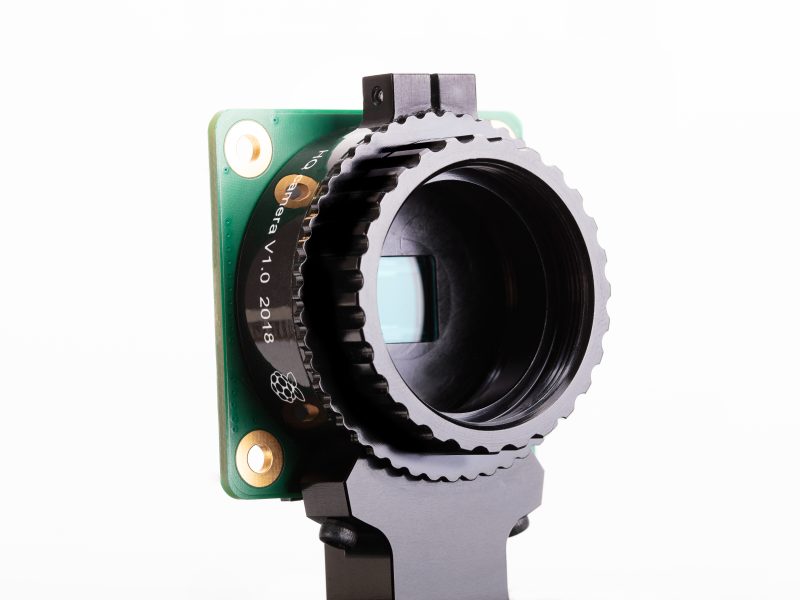
In terms of features, the new camera is equipped with a 7.9mm 12.3-megapixel Sony IMX477 sensor that provides back illumination for lower light performance and a more improved signal-to-noise ratio compared with fixed-focus lenses. It also features an integrated back-focus adjustment ring, integrated IR cut filter, and a C and CS-mount lens support with a C-CS adapter.
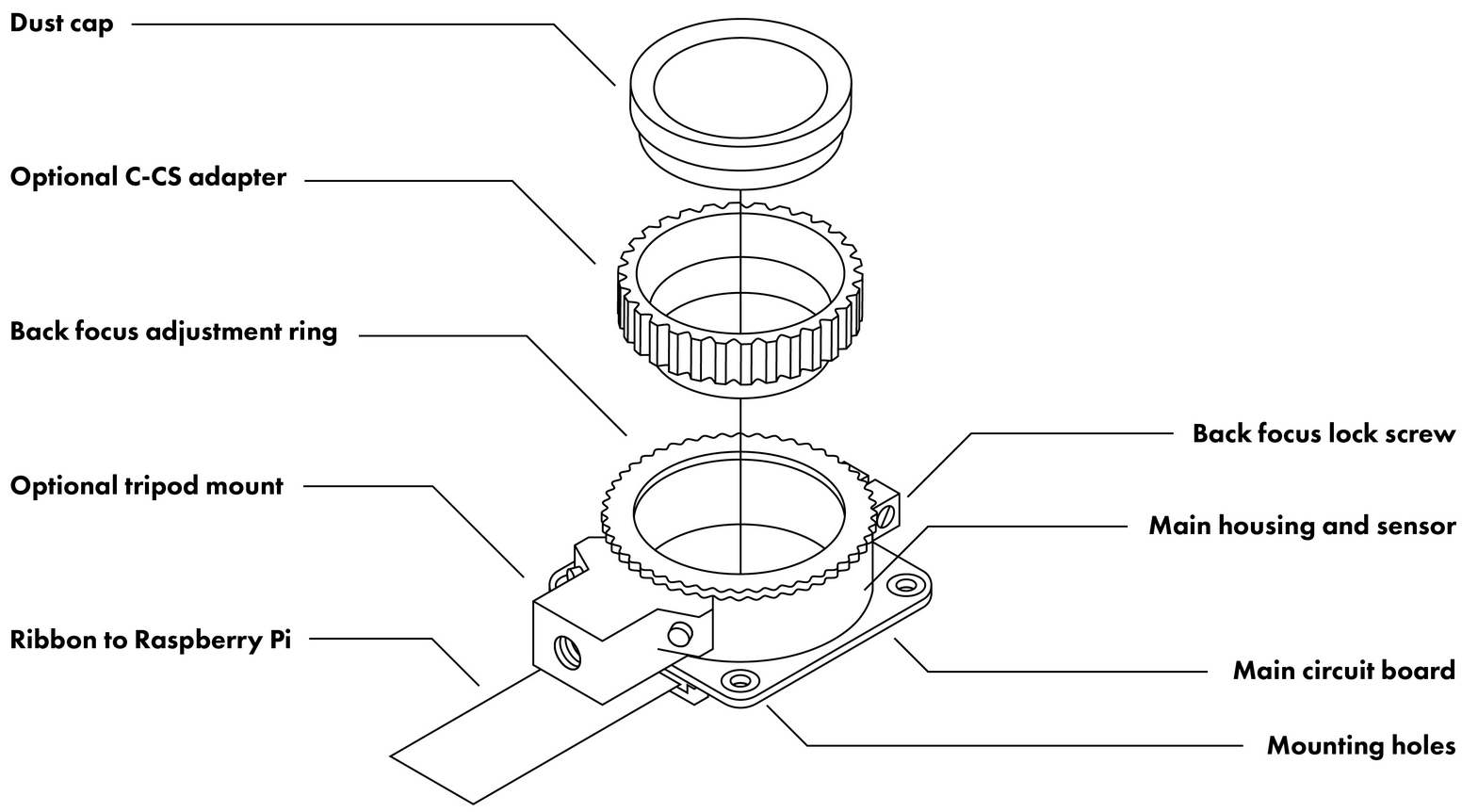
Some other features of the camera include:
- 1.55 μm x 1.55 μm pixel size lens with 1920 x 1080 resolution
- RAW12/10/8 and COMP8 formats outputs
- Integrated IR cut filter
- Integrated Back-focus adjustment ring
- 1/4″ – 20 Tripod Mount
- A 7.87-inch ribbon cable (200mm)
The HQ camera is highly targeted at industrial and consumer applications like security cameras that work well with all Raspberry Pi models and require high visual fidelity and/or integration with professional optics.
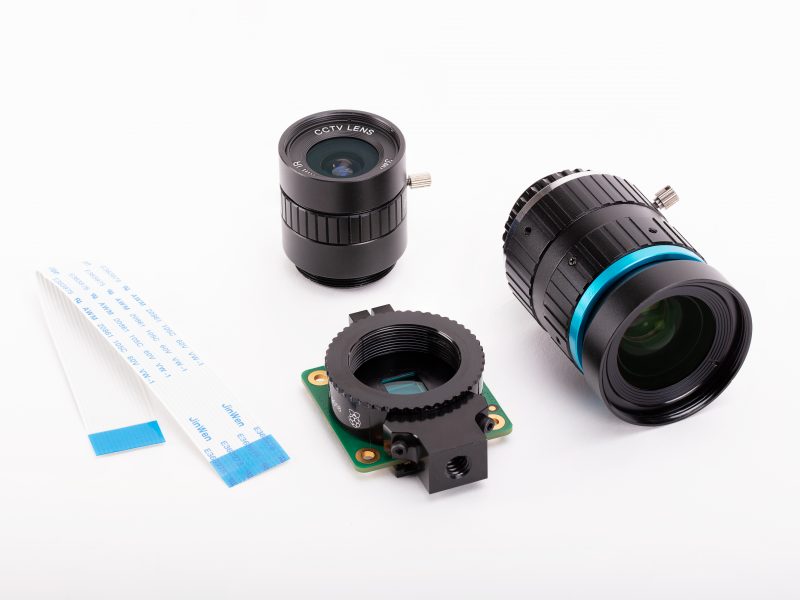
Quite a few retailers already have the camera in stock or up for pre-order, and in addition to the camera, most of them are giving customers the opportunity to buy a 6mm CS-mount lens or a 16mm C-mount lens along with the camera.
More details including the price of the Raspberry Pi High-Quality Camera Module may be found on its shopping page or the Raspberry Pi blog.




